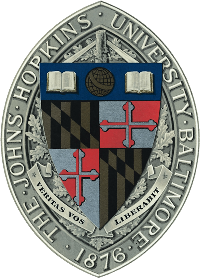Team:Johns Hopkins
From 2010.igem.org
Arjunkhakhar (Talk | contribs) |
|||
| Line 41: | Line 41: | ||
<li><a href="https://2010.igem.org/Team:Johns_Hopkins/Notebook">Notebook</a></li> | <li><a href="https://2010.igem.org/Team:Johns_Hopkins/Notebook">Notebook</a></li> | ||
<li><a href="https://2010.igem.org/Team:Johns_Hopkins/Safety">Safety</a></li> | <li><a href="https://2010.igem.org/Team:Johns_Hopkins/Safety">Safety</a></li> | ||
| + | <li><a href="https://2010.igem.org/Team:Johns_Hopkins/Safety">Device Design</a></li> | ||
</ul> | </ul> | ||
</body> | </body> | ||
Revision as of 03:06, 27 October 2010
|
Genetically engineered Saccharomyces cerevisiae that is responsive to voltage signals at a transcriptional level. We have hijacked the calcium shock, calcineurin-CRZ1, pathway in yeast and encoded a reporter. In doing so we have characterized the voltage dependency of the CRZ1 binding site (CDRE) and so taken the first step in creating a interface between cellular systems and computers by allowing cells to respond to the language of computers, voltage signals. Possible applications:
|
|
Team: We are a team of 9 undergraduate students deeply interested in synthetic biology. We hail from a variety of disciplines including, chemistry, biology and engineering. We’re a fresh new team with varying levels of experience united by our passion for science. |
|
Our Accomplishments
|
 "
"


